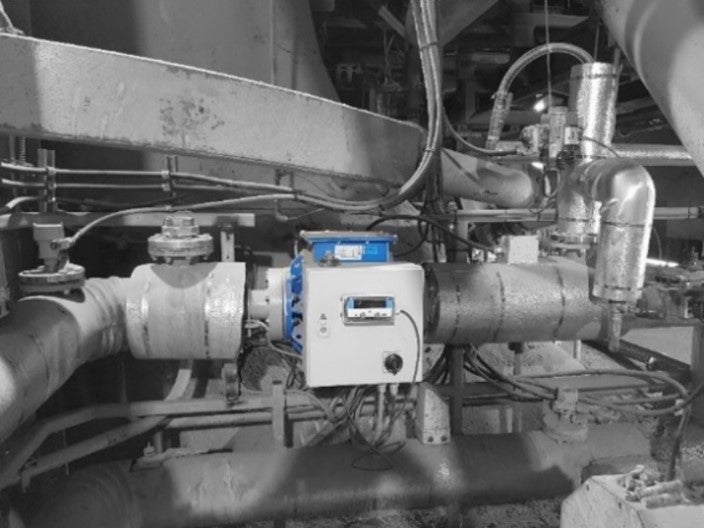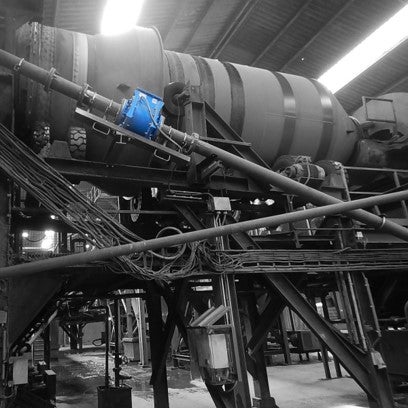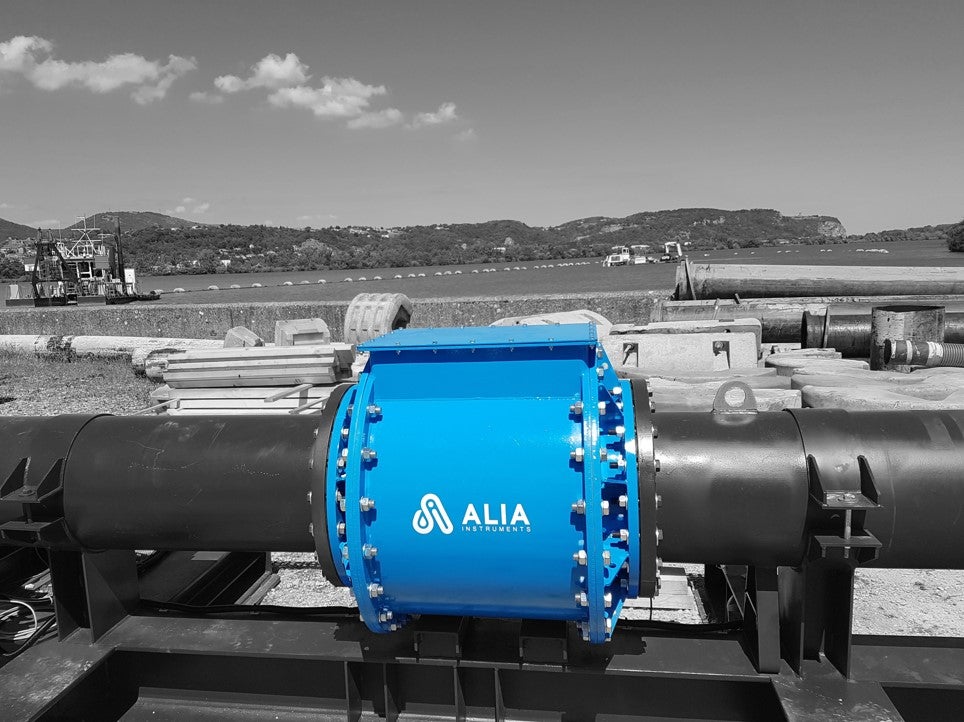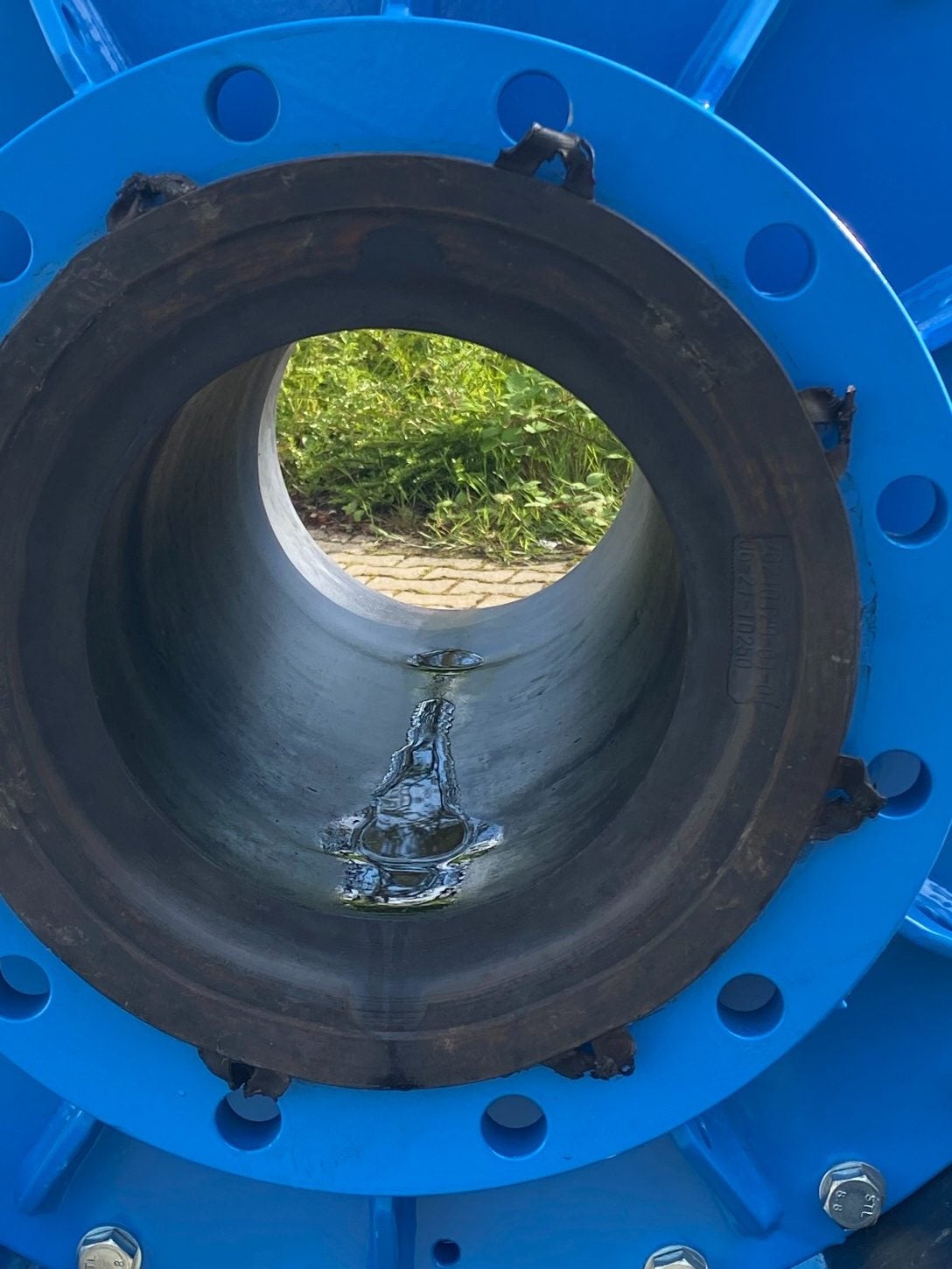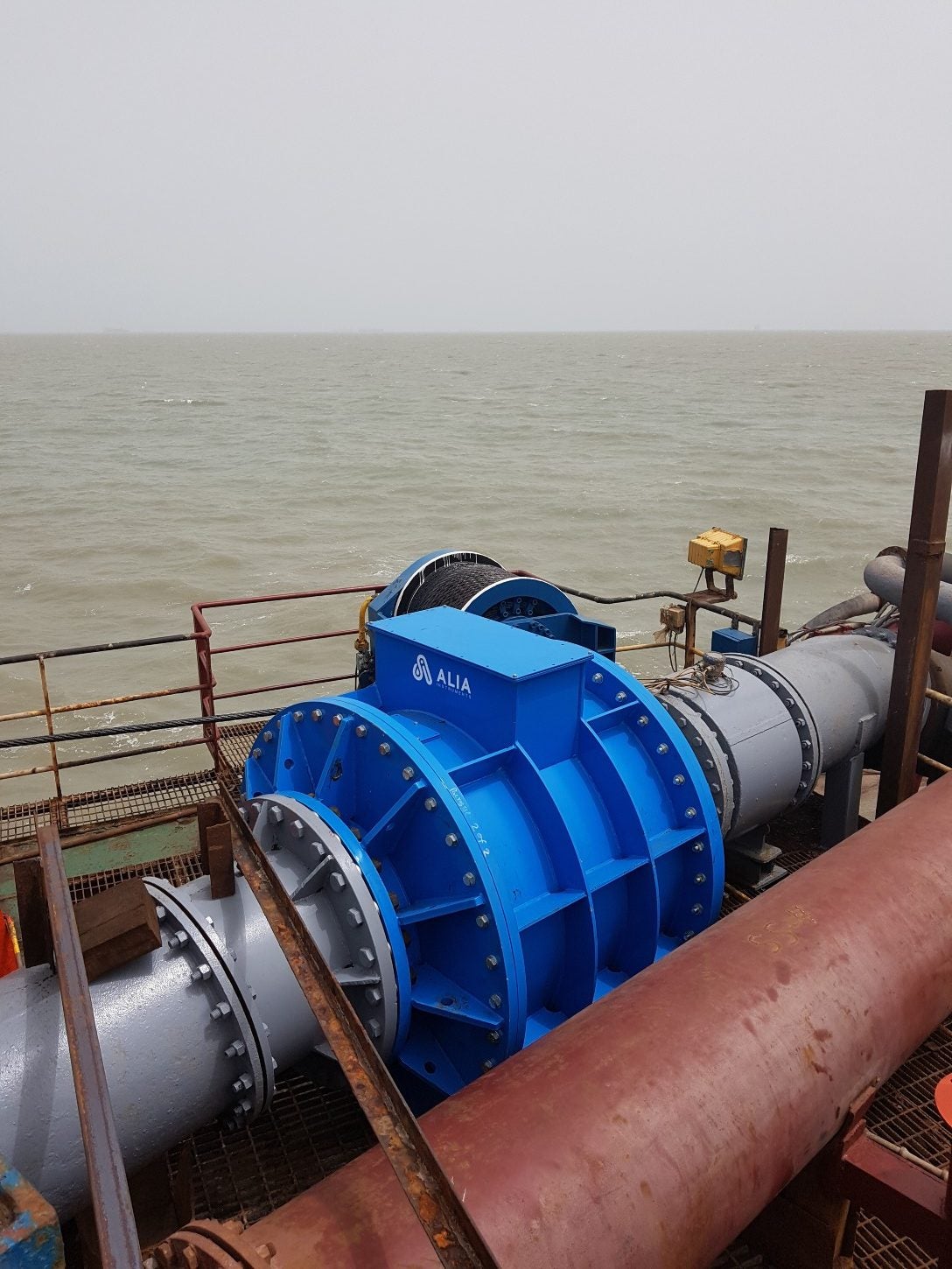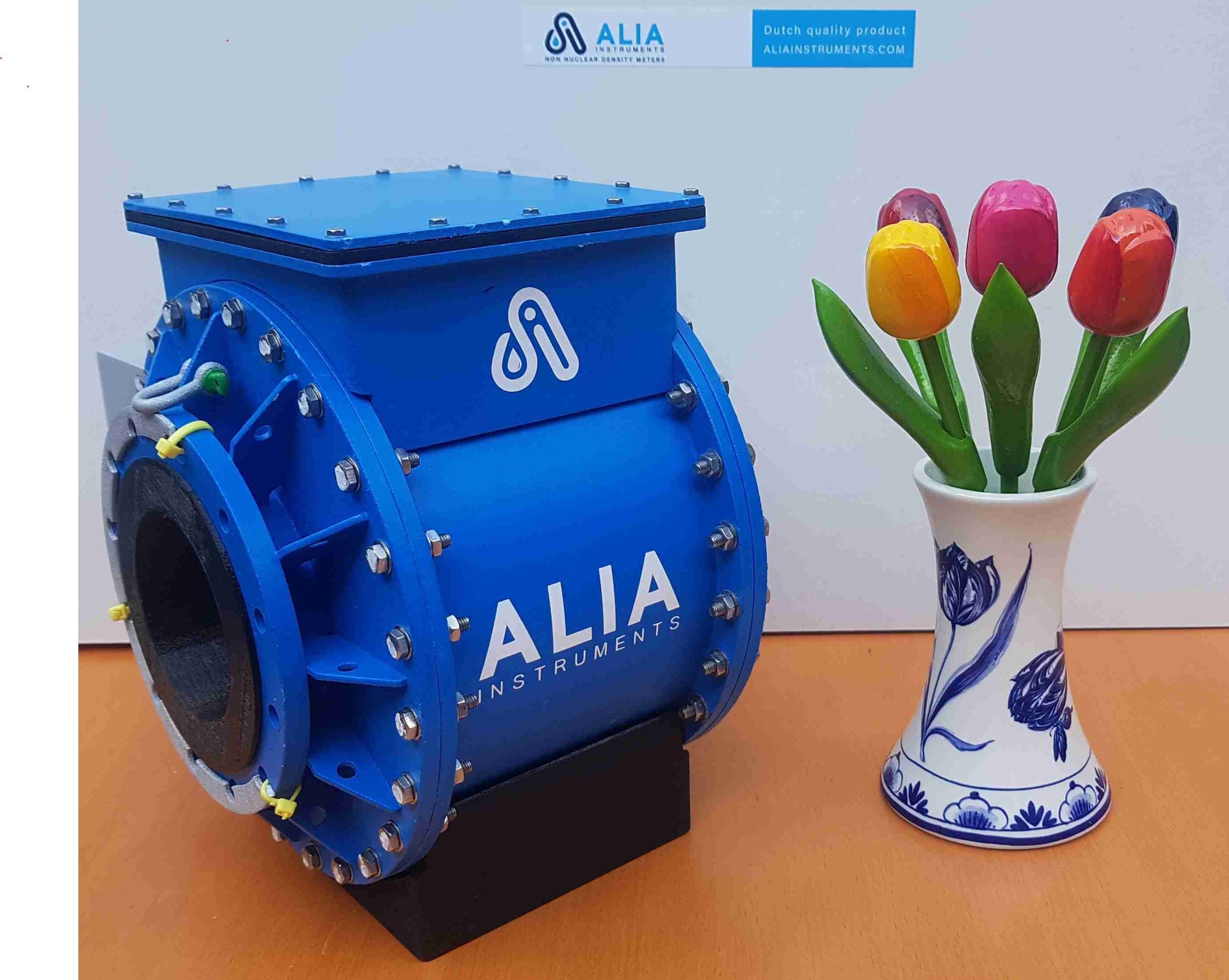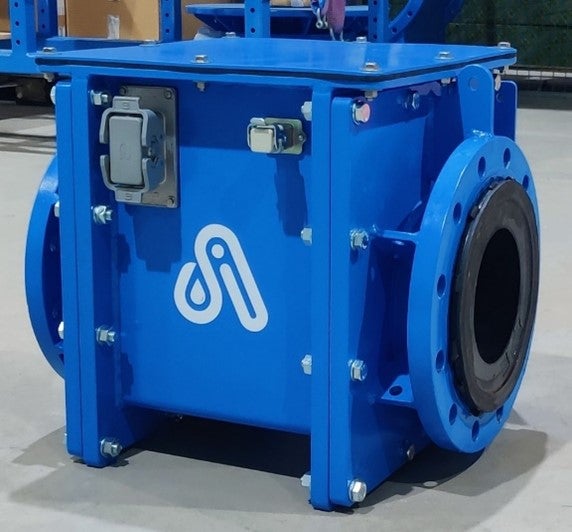
Alia Instruments, based in the Netherlands, provides a range of robust slurry density meters for mining, dredging and general hydro-transport applications.
The Alia Density Meter (ADM) was initially conceived within the dredging sector, driven by the necessity to enhance efficiency in dredging activities and to provide a dependable substitute for conventional nuclear density meters. Currently, its development is progressing in collaboration with the esteemed Dutch firm Demcon Advanced Mechatronics. Demcon has become a significant stakeholder in Alia Instruments, which is now firmly integrated into the Demcon framework.
Advanced tools such as FEM (finite element method) and COMSOL Multiphysics are used for simulation and hardware development, and have enabled enhanced suitability for applications in multiple industries. The density meters are manufactured in the Netherlands under ISO 9001-2015 certification. Alia Instruments’ inline, real-time, non-nuclear slurry density meter enables clients in different industries to optimise production and operations.
Alia Instruments’ inline, real-time, non-nuclear slurry density meter supports the optimisation of production and operations for clients across various industries. The accelerometer-based working principle of the slurry density meter originates from Sir Isaac Newton’s second law of motion, giving the slurry density meter distinct advantages and superior suitability for abrasive and corrosive slurries.
‘Newtonian’ measurement principle
Alia Density Meter uses the principle of Newton’s second law of motion (F=ma), where: F is the net force acting on the object (measured in Newtons, N), m is the mass of the object (measured in kilograms, kg), a is the acceleration of the object (measured in meters per second squared, m/s²). This equation implies that the acceleration of an object is directly proportional to the net force acting on it and inversely proportional to its mass.
Known forces are exerted onto the slurry at certain frequencies. Its resulting acceleration is measured by high-speed accelerometers, and the slurry mass is calculated. Since the volume inside the meter is known, the slurry density can be accurately determined.
The device measures full-bore slurry density from 1000-4000kg/m3 with a one-second response time in pipe sizes 3in-40in. It is highly independent of slurry composition, homogeneity, solids type/shape/size, and conductivity. This makes the Alia Density Meter ideal for use in challenging conditions such as heavy slurries that contain sand, minerals, metal, rocks, and clays that are present in various applications.
The signal output of this robust, direct measurement method is almost immediate and accurate to within 0.5%. This is ideal for monitoring or controlling slurry density in applications such as tailings, mineral concentrates, tunnelling, complex dredging slurries, or for preventing pipes from becoming clogged by slurries that are too dense. Slurry density can be measured as it flows through the pipe or as a static, stationary fluid.
Density meters for optimised mining and dredging processes
The Alia density meter is ideal for use as part of a mining or dredging production measurement solution, where the combination of flow measurement and density provides valuable data about the slurry mass flow, enabling optimisation of the mining and dredging processes. Density calculations are largely independent of the meter’s surroundings, including temperature variations or external vibration caused by other machines or components. Vibrations are measured and compensated in the mass calculation. Meter installations can be completed horizontally, vertically or at any angle. Conditions for good measurement include a minimum pressure of 1 barg (14.5 psig), a full pipe, 5-10D upstream/3D downstream straight pipe, no vacuum, solid pipe supports on each side of the meter, and the meter’s inner diameter matching that of the slurry pipeline.
Non-nuclear slurry density measurement
The Alia Density Meter technology avoids issues that are related to radioactive technology, such as current or future legislation constraints, transport or disposal requirements of nuclear sources, special training in nuclear technology for maintenance engineers, and the need to conduct troubleshooting and repairs. This helps to enable sustainability and social responsibility for users of the density meter.
Pre-calibration, easy and fast commissioning, and low-maintenance technology
The Alia density meter is wet-calibrated at the factory. The liquid densities for factory calibrations are measured by a reference density meter calibrated according to ISO 17025, and are verified with ISO 17034 liquid density standards traceable to the International System of Units. After the Alia Density Meter is installed in the slurry pipe, and power and signal wiring are completed, commissioning consists of a simple offset correction for installed conditions, and a verification of the factory calibration. No periodic recalibration is necessary. The 4-20mA output proportional to density can be easily integrated into existing systems and software.
After installation, the meter requires little maintenance. In highly abrasive applications, the thick wire-reinforced liner made of natural rubber, butyl rubber, or neoprene that has direct contact with the slurry can be replaced, also in the field and with only basic, common tools.
Mobile applications
In some cases, customers require configurations for mobile applications. Noteworthy examples include pontoon-mounted and skid-mounted density meters.
Alia Instruments would be pleased to evaluate the suitability of this device for your application. Contact us | Alia Instruments



